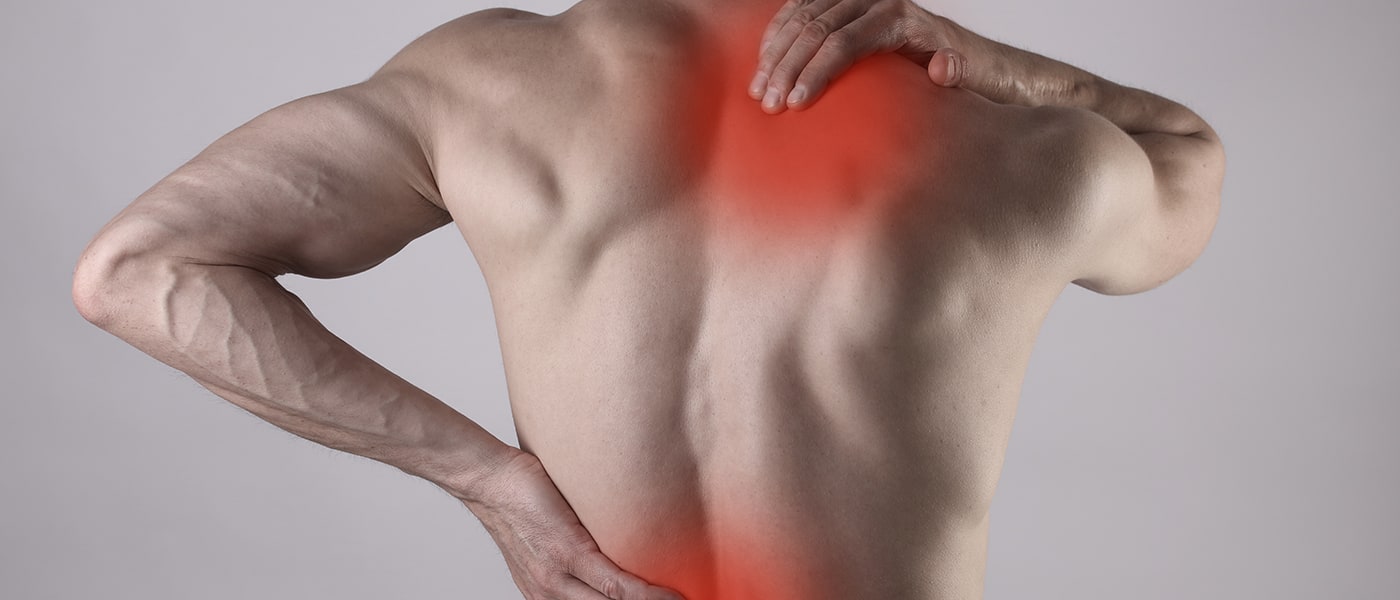Every athlete knows what it’s like to feel tender, sore muscles. We wear them like a badge of honor knowing that we put in serious work at the gym, at practice, or during our class. Muscle pains can be a completely normal thing to experience when you are active, but it’s important to understand how to manage muscle pains in between workouts so that you can continue to put in work. Here are pain management tips from HiDow.
Different Muscle Pains
There are quite a few different reasons why you would be experiencing muscle pains. As mentioned, there are muscle pains that are caused by working out (soreness), but there is also acute and chronic muscle caused by medical conditions. Understanding why you feel muscle pains will help you have a clear understanding of what you need to do in order to manage that pain.
Common Causes of Muscle Aches
When you exercise and give your muscles a workout, you are actually creating tiny tears in muscle fibers that your body needs to repair. This process of tearing muscle fibers, repairing them, and repeating the process over and over is what builds muscle. Unfortunately, what we feel while our body repairs these tears is soreness. There are also many conditions that cause muscle pains such as chronic fatigue syndrome, autoimmune disorders, infections, illness, and inflammation. Many of these medical conditions should be treated by a medical professional.
How to Manage Muscle Pain at Home
When you experience muscle pains at home, there are a few things that you can do to manage the pain.
1. Rest
First things first, when you are feeling sore and aching muscle pains, that’s a sign that you need to rest. It’s common knowledge that when you work out 7 days a week, you don’t build muscle in the same way that you would if you worked out 5 days with 2 days of rest each week. This gives your body time to recover and strengthen your muscles.
2. Stretching
When your muscles feel sore, stretching can help you feel more at ease. Stretching should be a part of your workout routine, but it should also be a daily habit. Stretching every day, even just for 15 minutes, can help you stay flexible. This can help you manage muscle pains from your workouts and your day-to-day life.
3. Electric Muscle Stimulation
Electric Muscle Stimulation (EMS) is an incredible pain management method that is used by professional athletes and physical therapists. The mild electrical pulses vibrate on your sore muscles and make muscle pains virtually unnoticeable. EMS devices are very easy to use and they have been a staple in my muscle recovery for years.
4. Massaging and Rolling
When you work out, you take the time to warm up, stretch, and cool down. You should also add massaging your muscles to that list. Foam rollers are affordable and most gyms leave them out for members to use. Foam rollers can help get reduce knots and inflammation that cause muscle pains.

Related Stories
Top Device For Neck & Back Massages
Are you tired of constantly battling neck and back pain after a long day at
Jul
Best Low Impact Workouts For Back Pain
Are you tired of dealing with back pain that seems to flare up every time
Jul
How To Use TENS Socks For Peripheral Neuropathy
Imagine being able to treat the tingling, numbness, and pain associated with peripheral neuropathy without
Jul
Maintenance Tips For TENS Unit Gel Pads
As you settle in for a soothing session with your TENS unit, the last thing
Jul
Tech-Powered Holistic Therapy with HiDow
July is Holistic Therapy Month, a time to celebrate practices that nurture the mind, body,
Jun
HiDow’s Recovery Insights: From Tennis Courts to Every Sport
National Tennis Week is here 🎾 (June 23-29)! It’s a time to celebrate the sport’s
Jun